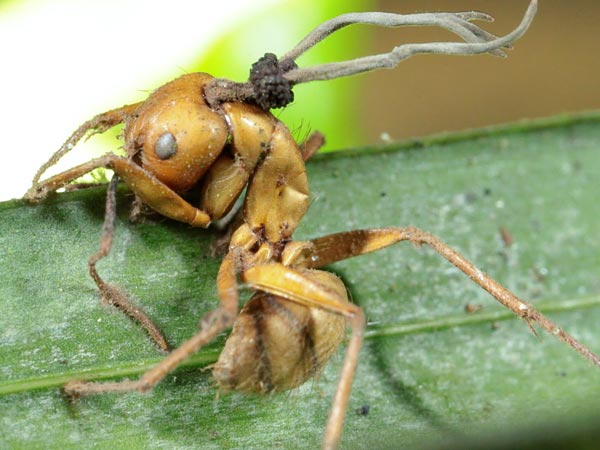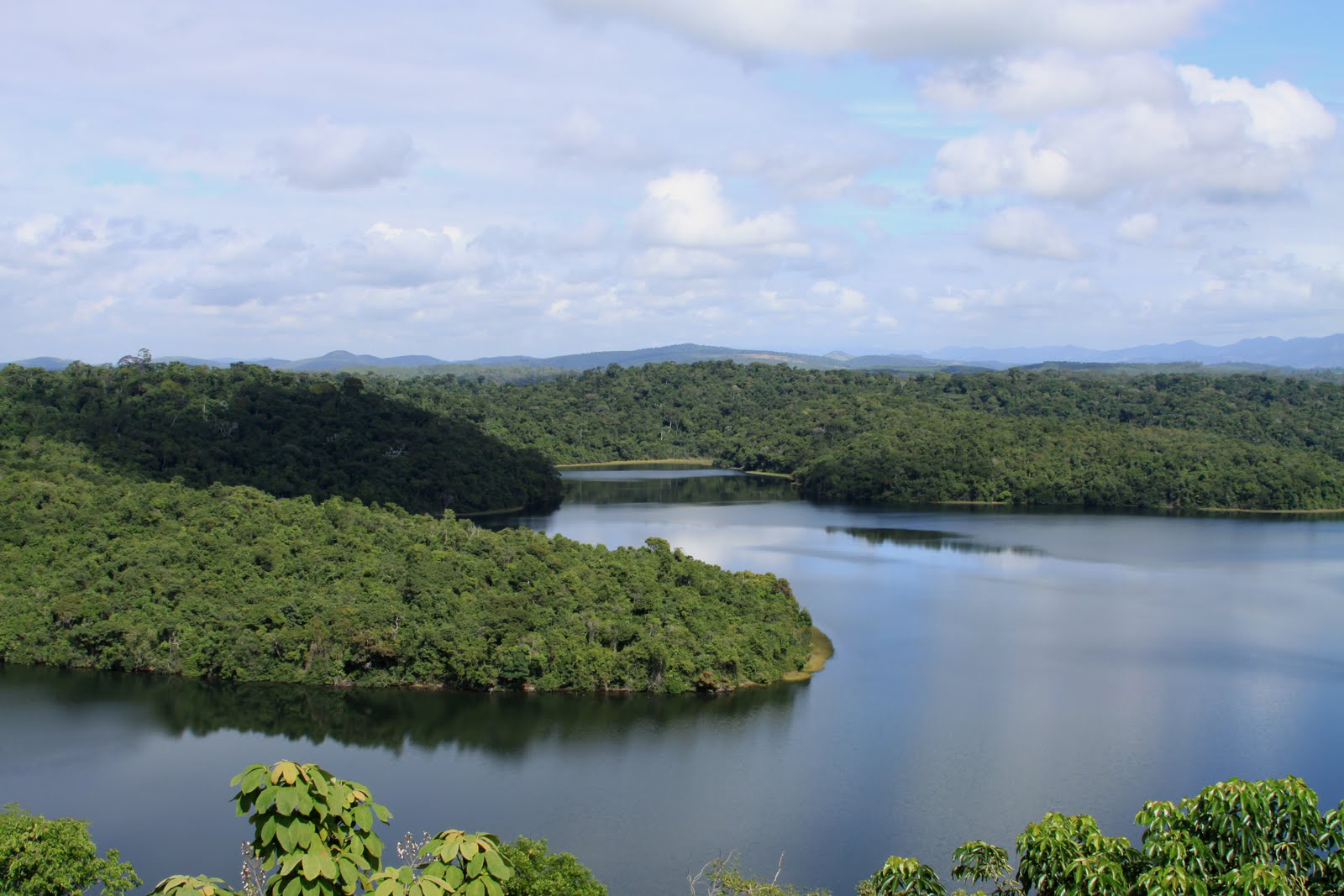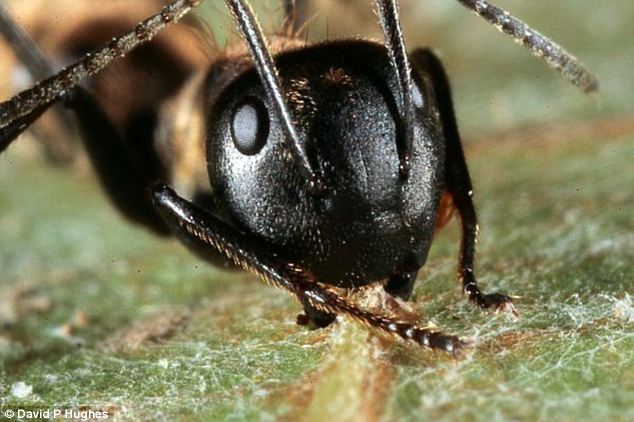
Habitat
Shall we take a little walk to the forest?
Ophiocordyceps camponoti-balzani is a species found in warm temperate tropical forests. Rio Doce National Park, Brazil (pictured above) is an example of an environment suitable for O. camponoti-balzani to thrive in due to its need for lower temperatures and high humidity levels. This area has a wider range of ideal growth conditions; even in the dry season organisms are still able to grow. These levels insure the organism doesn't dry out before it is able to reproduce. Fungal organisms are particular to the environments in which they grow in; factors such as temperature, humidity, and soil acidity all need to be within a specific parameter in order for growth to happen. This organism is heterotrophic, therefore needs some source from which to gain nutrients from. Tropical forests provide a vast array of substrates in which O. camponoti-balzani can launch its spores from.
O. camponoti-balzani is an entomopathogenic fungus, which means it infects an insect, in our case a carpenter ant, and kills it as a means to increase it's own chances of surviving. Infected ants are controlled to seek a level at which temperature and humidity is best, and for O. camponoti-balzani this may range from about 50-175 centimeters. Parasitized ants are directed to seek an underside of a leaf where it will attach itself to the main vein. Once the ant is attached, the fungus kills the ant, eats its innards, and uses the nutrients for further growth. The underside of the leaf provides an ideal location for spore dispersal once the spores are released.
How is it the ant becomes infected? Carpenter ants are actually located higher up in the canopy. Their environment consists of trails on branches and leaves in surrounding trees. It is only when trails are blocked or damaged do the ants come down from the canopy in search of a new way around. The areas in which dead ants are found have been coined as "graveyards," but you won't find many live specimens since ants try to stay away from these areas so they won't become infected. Once an ant becomes infected, other ants will take the ant away from the rest of the colony as a way to prevent losing the entire colony to this fungus.
Head to Adaptations page to learn how species adaptations.

